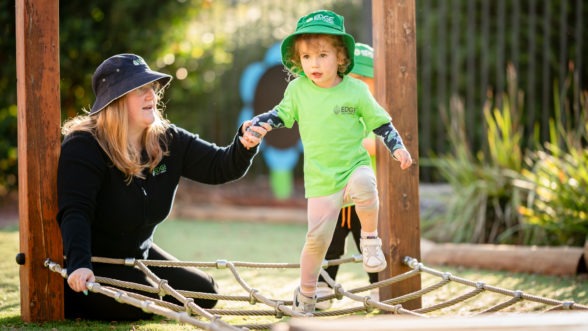
Useful tools, Wellbeing
Education, Useful tools
01 July, 2025

What is dyslexia?
According to the Australian Dyslexia Association (ADA), the word ‘dyslexia’ actually comes from the Greek language and quite literally means difficulty with words. People with dyslexia learn to read and write, though still struggle with the reading of connected text.
Dyslexia is not a disease – rather, it’s a neurological condition that affects a person’s ability to encode and decode language (put simply, to read and spell). Research has also shown that some subtypes of dyslexia can be caused by poor visual coding.
The ADA says that dyslexia is highly hereditary, and can also be caused by a difference in the way a person’s brain works and problems with their development of phonological awareness.
Symptoms of dyslexia in children
So what are the symptoms of dyslexia? According to the ADA, dyslexia symptoms in children can include:
These symptoms can present themselves before or after a child starts school, though naturally become more apparent the more a child reads and writes. If you or your child’s teacher notice that your child is slow to develop language, mispronounces words, has difficulty sounding out words and more trouble reading and spelling than other children their age, it might be worth visiting a doctor.
Diagnosing dyslexia
As with many learning difficulties, an early diagnosis is important when it comes to dyslexia. Delaying treatment and support can deepen problems with reading and writing, while also damaging a child’s self-esteem and confidence in the classroom. It is important to recognise symptoms early and begin specialised support both at home and at school as soon as you can.
Start by talking with your child’s teacher. Ask them how your child is performing in the classroom and if you can go through their school assessments with you – this could help you both see patterns. You could also ask the school whether they could organise a formal assessment.
Next, it may be worth involving a speech pathologist or psychologist to check the possible causes of your child’s difficulty. Your GP can help you with a referral for dyslexia testing, too. These specialists will test your child’s intellectual capacity and reading skills and rule out any environmental factors.
Once diagnosed, your child can begin to receive support for their dyslexia. This may include extra work at school, one-on-one tutoring, additional time for assignments and tests and specialised computer software.
Support for children with dyslexia
Supporting a child with dyslexia doesn’t end when they leave their classroom. There are many ways you can help them at home, like reading with them, choosing books that suit their abilities, providing emotional support, listening to audiobooks and so much more. Ask their specialist or teacher if they have specific ideas, too.
For older children with dyslexia, it’s a good idea to arrange specialised support through one-on-one tutoring, asking their school for extra time to complete tests and researching the best computer software.